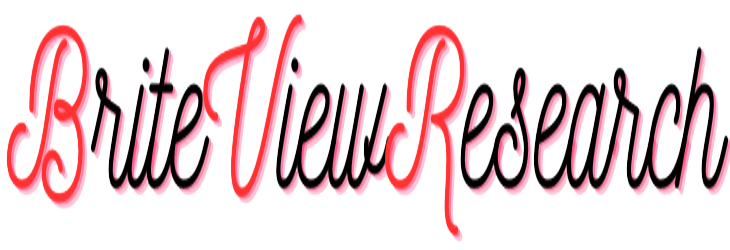Lidar (Light Detection and Ranging) sensors are revolutionizing the way we perceive and interact with the environment. These sensors use lasers to measure distances, allowing for highly accurate and detailed mapping of the physical world. Lidar technology is rapidly evolving and expanding its applications, from self-driving cars to environmental monitoring, and its market is expected to grow significantly in the coming years. In this article, we will delve into the Lidar Sensor Market Forecast and explore its growth opportunities and emerging trends.
The global Lidar Sensor Market is expected to grow at a CAGR of 22.5% from 2021 to 2028. The increasing demand for Lidar sensors in autonomous vehicles and advanced driver assistance systems (ADAS) is a key driver of this growth. Lidar technology enables vehicles to accurately detect and navigate their surroundings, reducing the risk of accidents and improving overall safety. The adoption of Lidar sensors in agriculture, forestry, and other industries for surveying and mapping purposes is also driving market growth.
One of the emerging trends in the Lidar Sensor Market is the increasing use of solid-state Lidar sensors. These sensors use solid-state technology to emit and detect laser pulses, eliminating the need for moving parts and making them more reliable and cost-effective. Solid-state Lidar sensors are expected to become the preferred choice for many applications, including automotive and robotics, as they offer greater durability, compactness, and performance.
Another emerging trend is the development of miniaturized Lidar sensors. These sensors are becoming smaller and more lightweight, making them ideal for use in drones, unmanned aerial vehicles (UAVs), and other portable applications. Miniaturized Lidar sensors enable high-precision 3D mapping and remote sensing, providing valuable data for various industries, including agriculture, forestry, and mining.
The Lidar Sensor Market is also witnessing significant growth in the environmental monitoring and conservation sectors. Lidar sensors are being used to monitor forest fires, measure air pollution, and assess the impact of climate change on ecosystems. As environmental concerns continue to gain traction, the demand for Lidar sensors in these applications is expected to increase.
Despite the growth opportunities, the Lidar Sensor Market still faces some challenges. One of the major challenges is the high cost of Lidar sensors, which limits their adoption in many industries. However, advancements in technology are expected to bring down the cost of Lidar sensors in the coming years, making them more accessible to a wider range of applications.
Another challenge is the lack of standardization in the Lidar industry. With many different types and configurations of Lidar sensors available, there is a need for standardization in performance metrics and measurement methodologies. Standardization would enable better comparison of different Lidar sensors and facilitate their adoption in various industries.
In conclusion, the Lidar Sensor Market is poised for significant growth in the coming years, driven by the increasing demand for Lidar sensors in autonomous vehicles, agriculture, forestry, and environmental monitoring applications. The emergence of solid-state and miniaturized Lidar sensors, as well as the trend towards standardization, are expected to further fuel market growth. While challenges such as high costs and lack of standardization persist, advancements in technology are expected to address these challenges, making Lidar sensors more accessible and valuable for a wide range of applications.
Disclaimer: The views, suggestions, and opinions expressed here are the sole responsibility of the experts. No Brite View Research journalist was involved in the writing and production of this article.
